My canteens
Hello everyone!
I'm new to this forum and without any longer introduction I'll present my small collection of different German Feldflaschen.
...
Beautyful near-mint coco (HRE42)
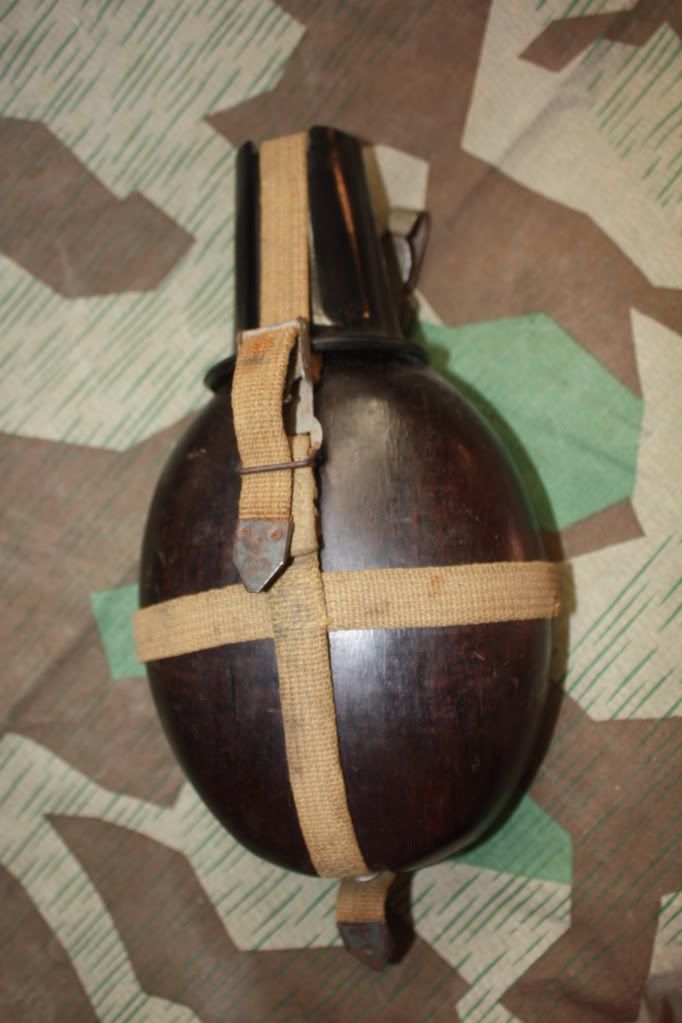
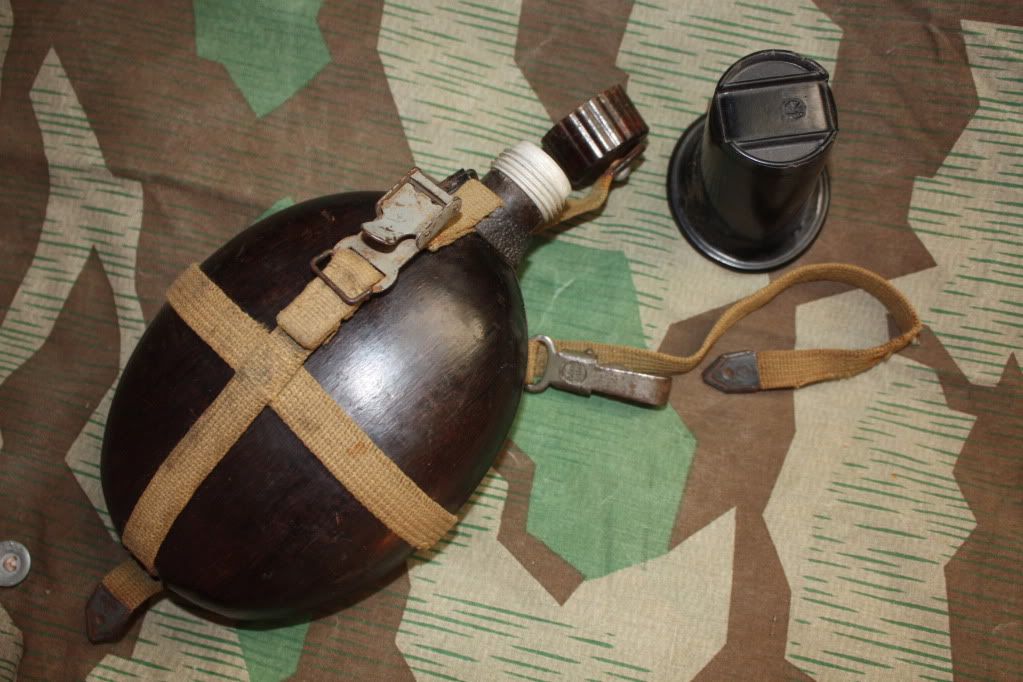
Near mint late war RFI43. The green cup (MN43) is my own addition to the combo, found in the attic in Southern Estonia
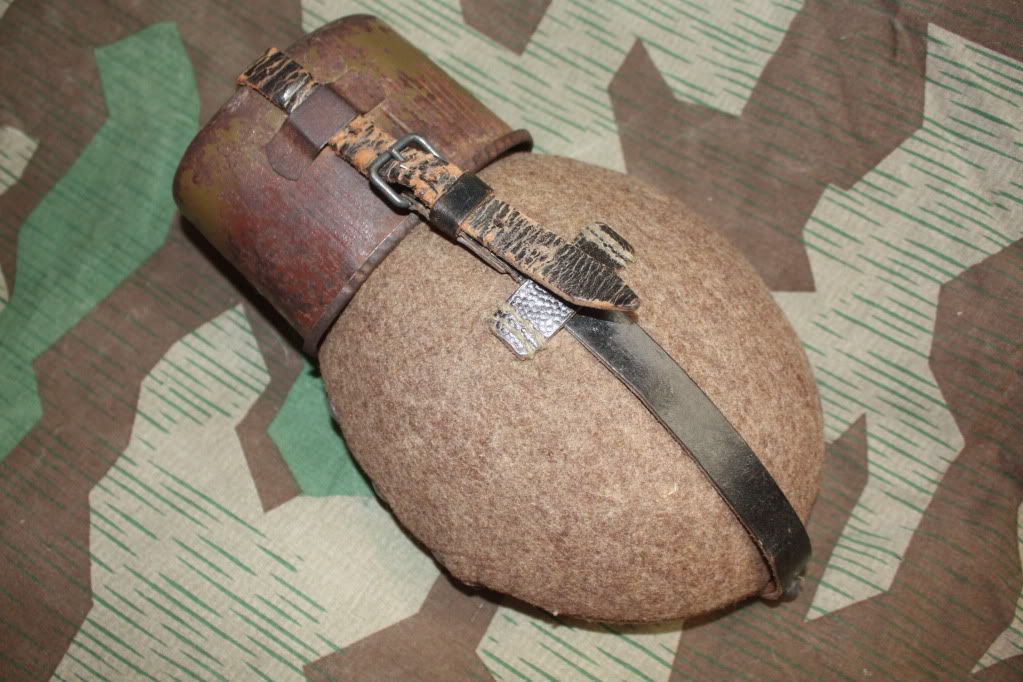
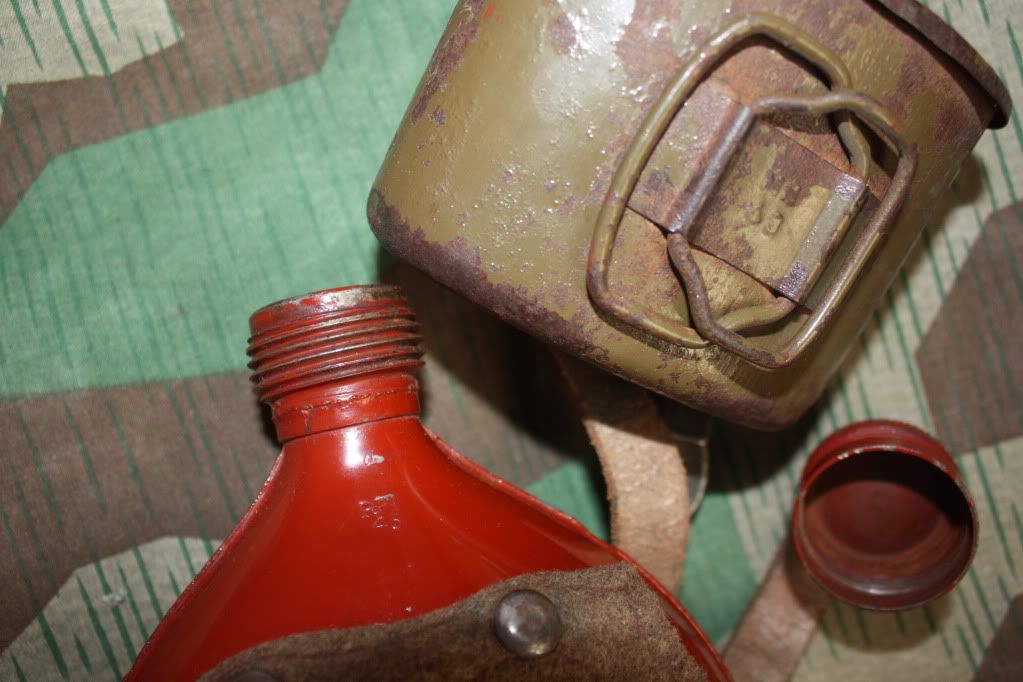
Strange colours, unmarked alu cup and late war bottle
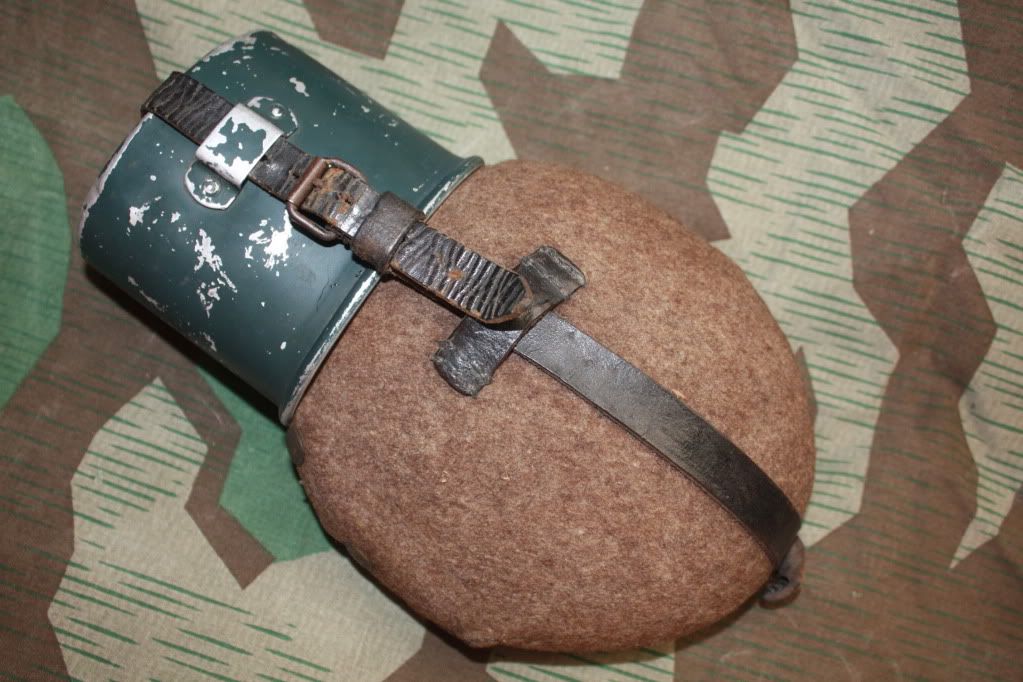

1l medical canteen, cup and screw ESB40, bottle itself VDNS39. Missing the long strap
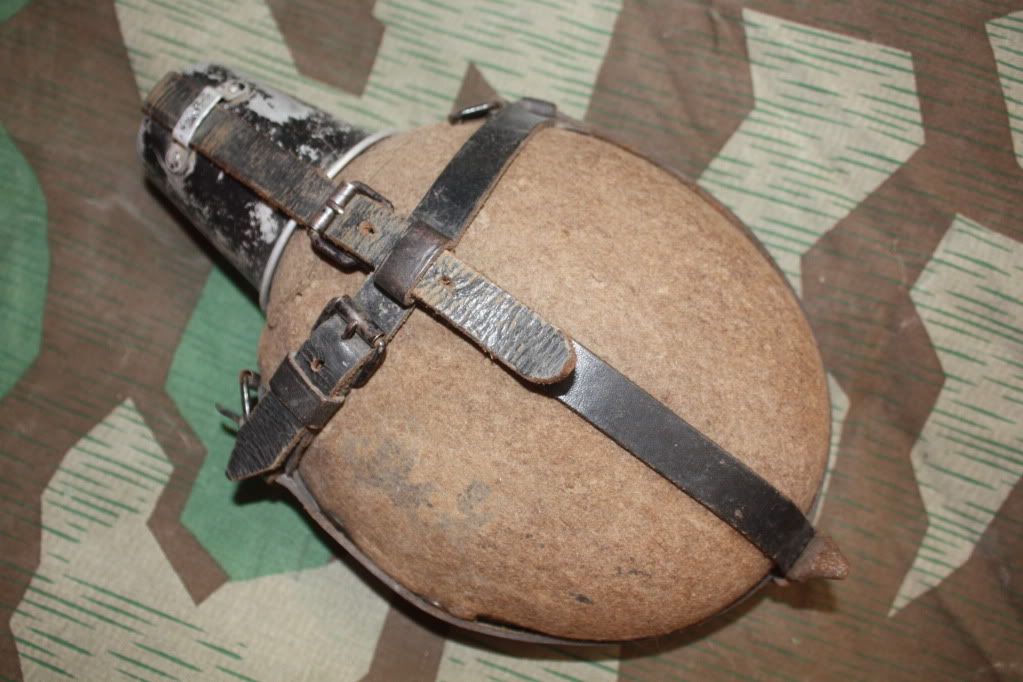
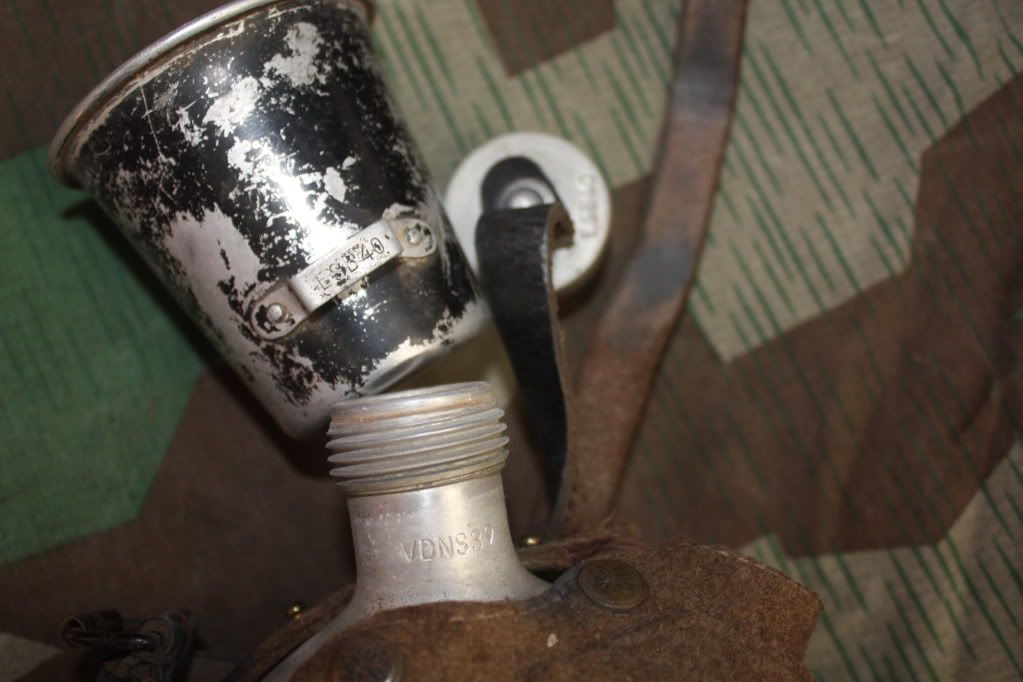
Our next baby is the real weirdo: huge (I think it's 2 litres) unmarked, mint colossus (compared to the regular coco). The neck and corc brings to mind the WWI bottles, but I think it belongs to the era between two wars and is for hikers or smth.
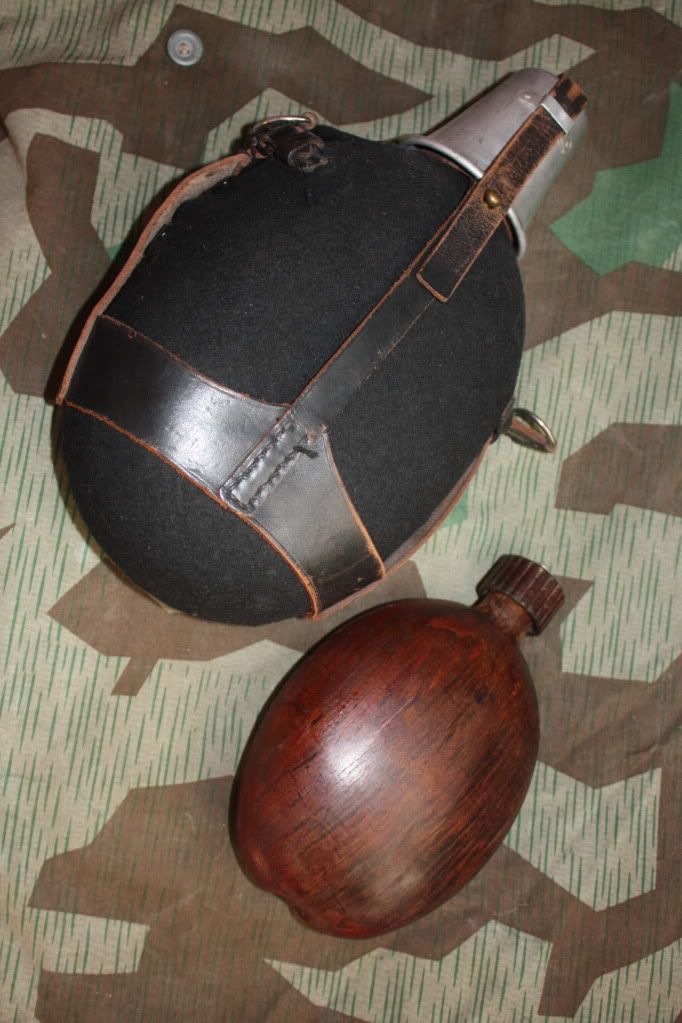
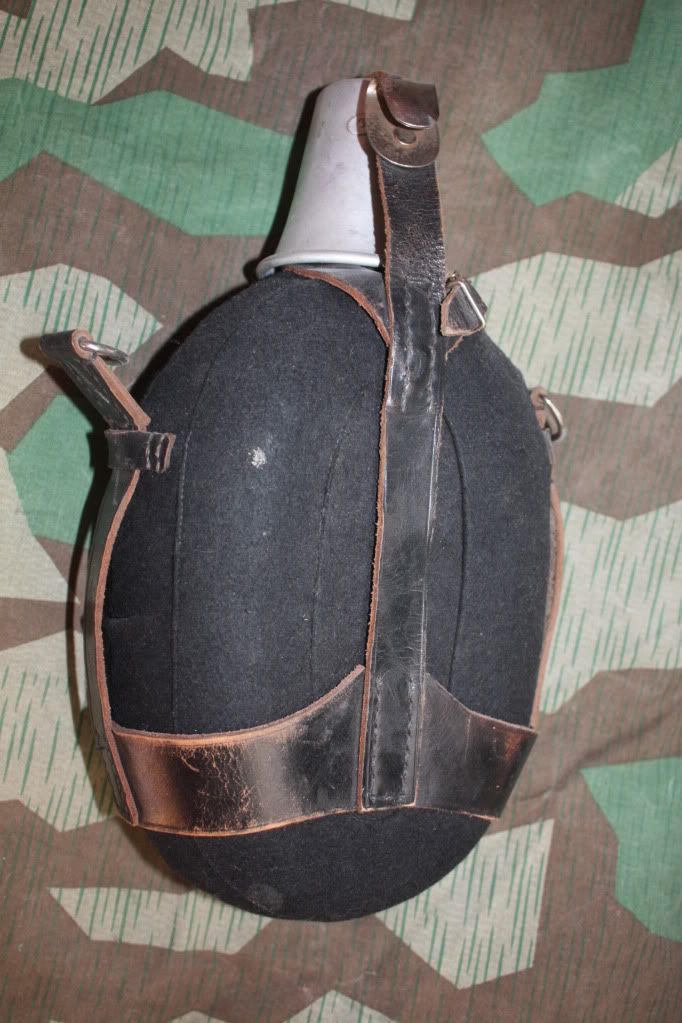

Two paramilitary canteens, both in mint condition

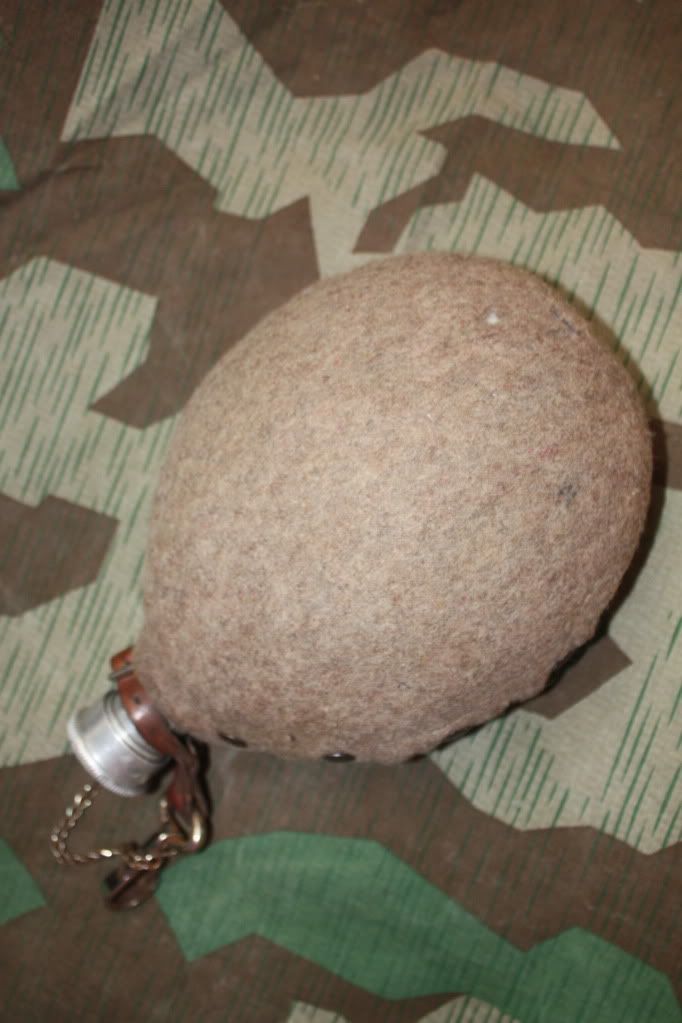
My latest catch so far: beatiful "been-there", all parts marked KCL36. Unfortunately the cup is missing
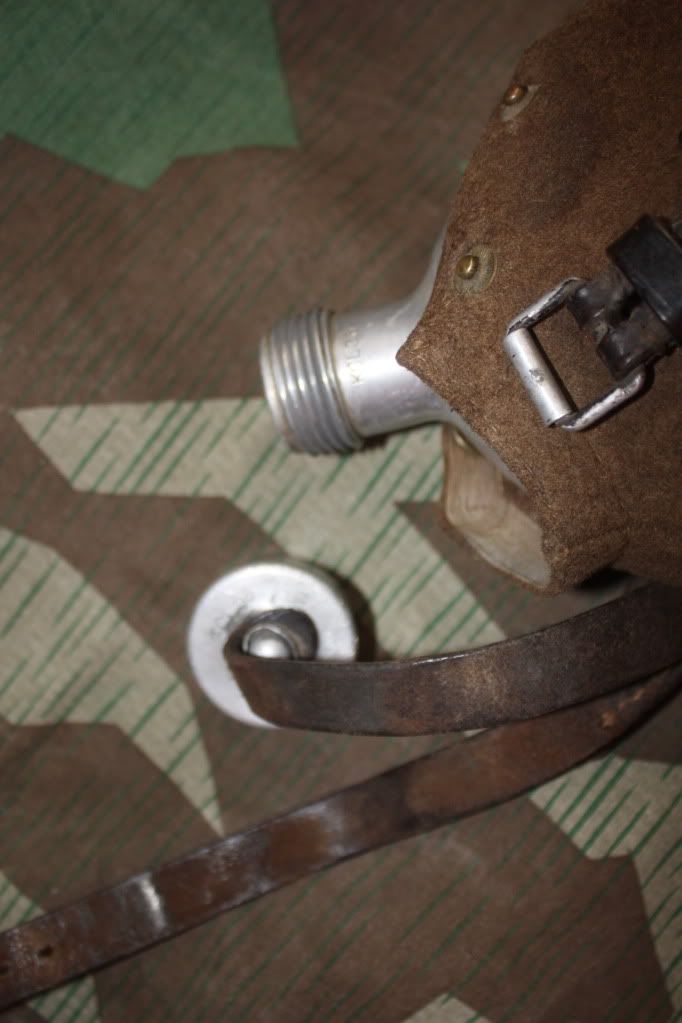
"Naked" BDM canteen ESB40 (screw ESB41) and the veteran of WWI (note the stamp on fabric!). Both missing a lot of parts
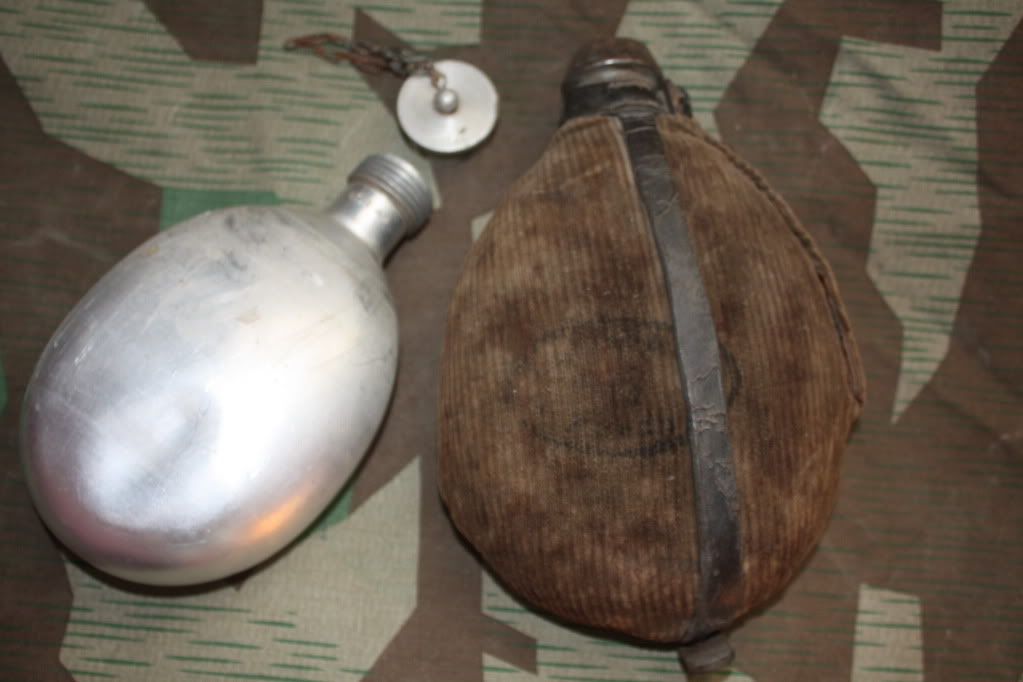
The red cross of attic finds. You can see deifferent necks, the felt has a war time repairs on it
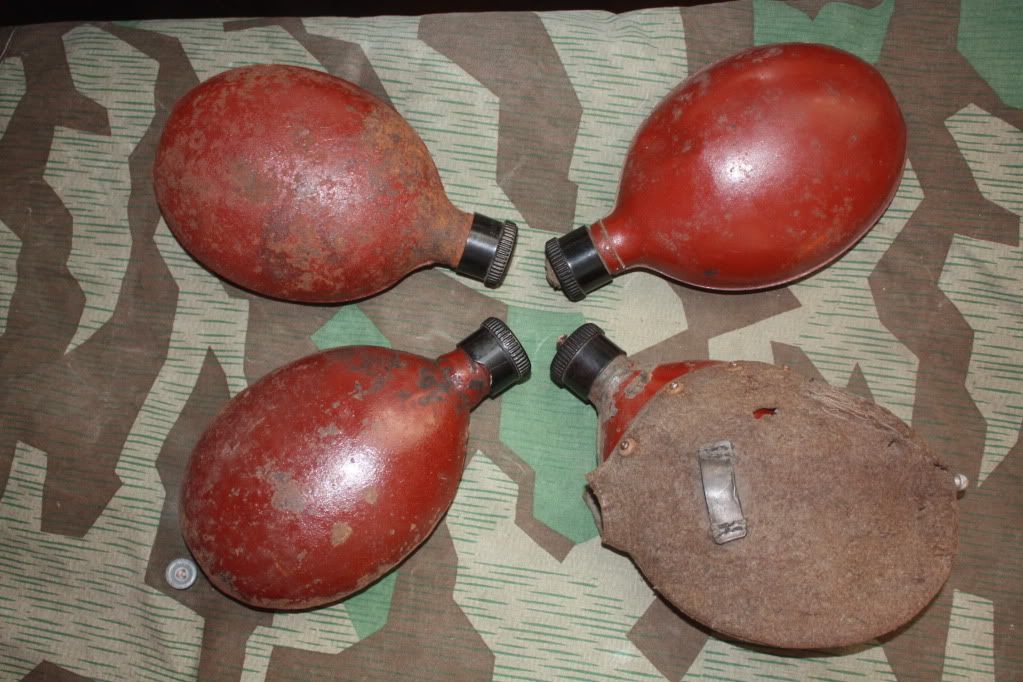
One of the "reds" has a soldier's name on the screw: it's Estonian name Valdam
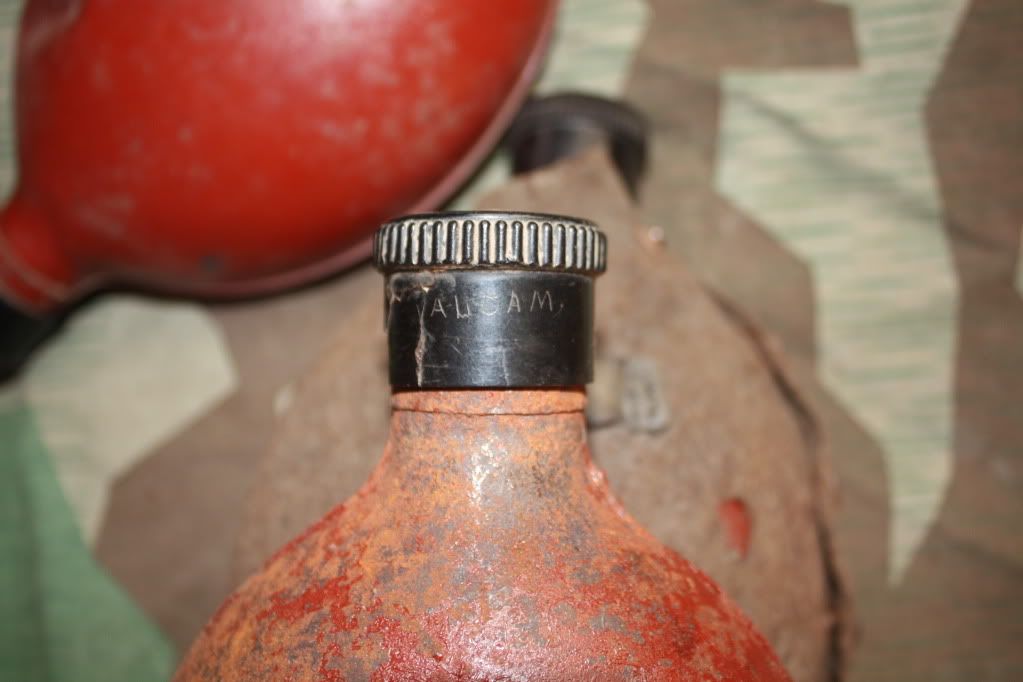
Some ground dugged canteens that I've kept for the inscriptions on them. Left one is regular German M31, the one on the right is a bit larger and has no markings on it
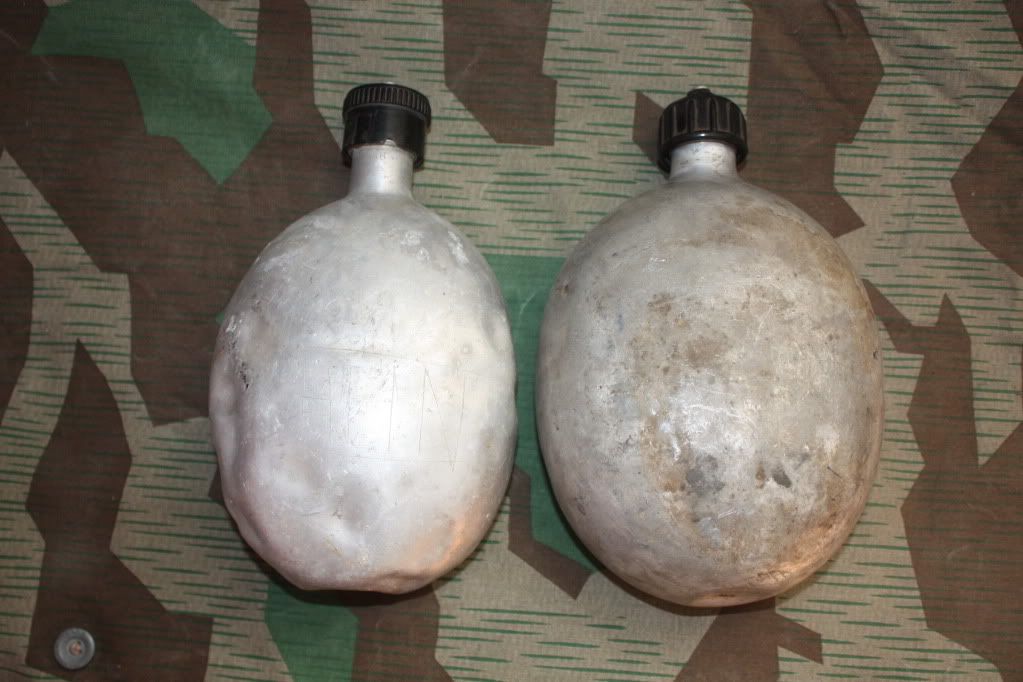
The left one belonged to Estonian soldier Hein
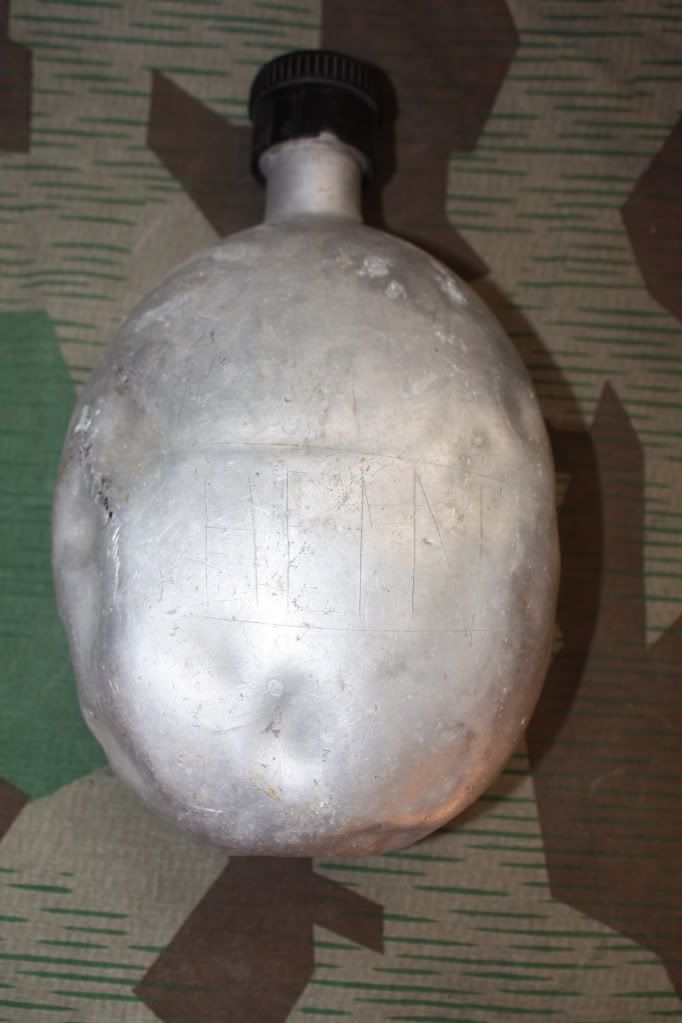
The right one belonged to another Estonian soldier Jaak Põldver. I've been in contact with his relative and the short biography is as follows: Jaak Põldver was born in 1916. Served his time in Estonian army in 1937 (coastal artillery). Was forced to join the Red army in 1941. When German troops arrived to Estonia in 1941, he joined them (the relatives have a picture of Jaak in WH uniform, rank: Gefreiter). In Autumn 1944, when the Soviets came back and Germans left, Jaak became the so-called forest brother (metsavend in Estonian, basically the partisan). He was arrested in 1950 and the Soviet tribunal gave him 30 yrs of prison (luckily Stalin died in 53 and Jaak was released soon after that). The man died in 1988. So that's one helluva piece of history:
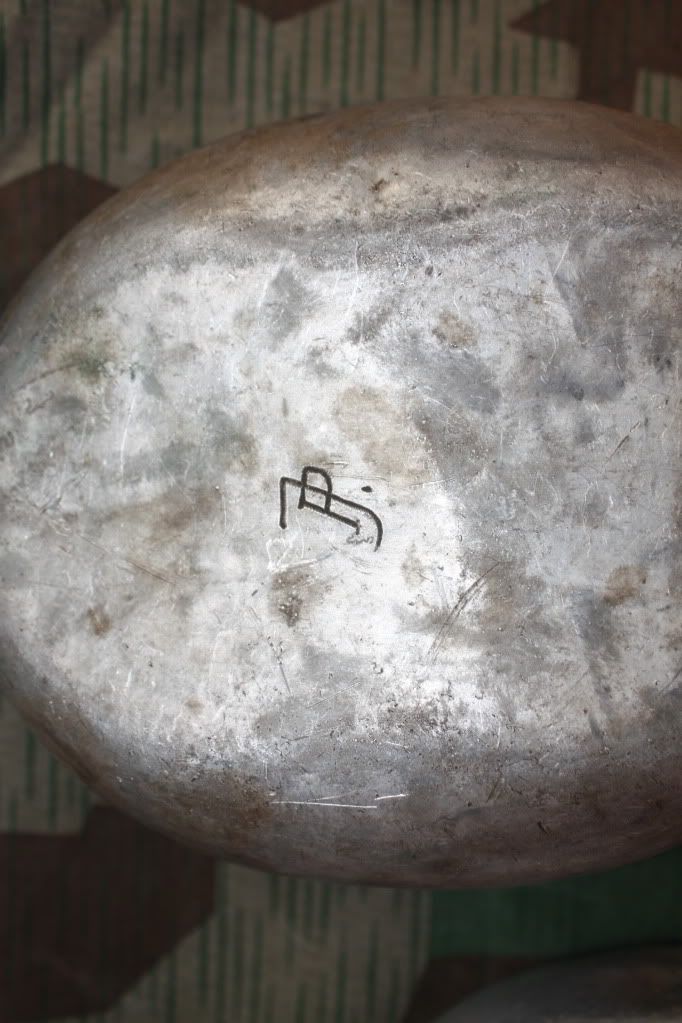
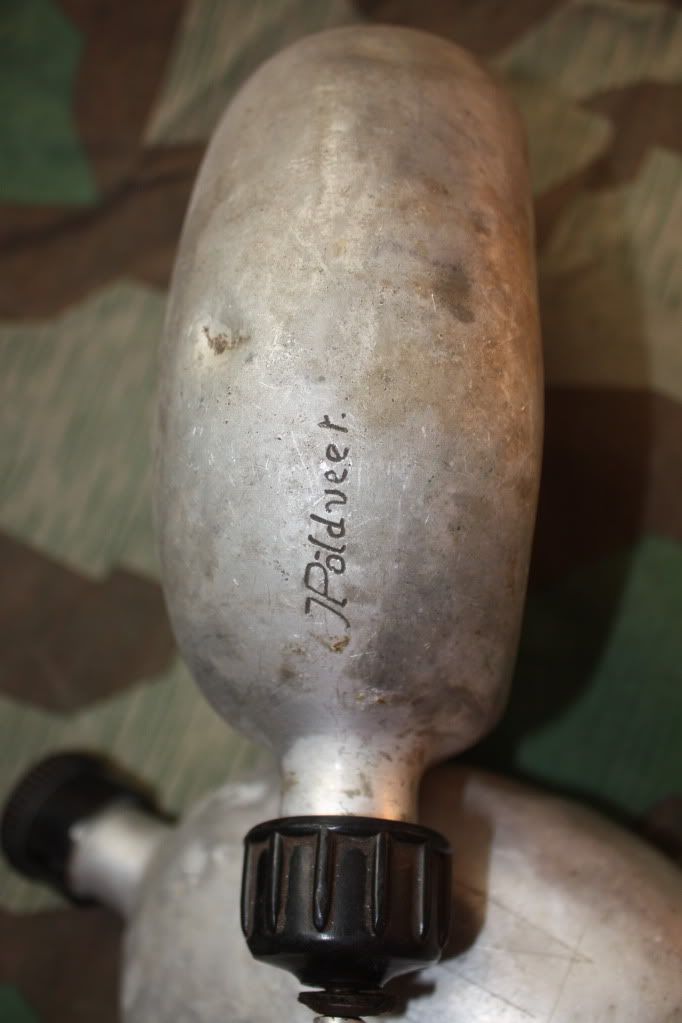
An example of Estonian made canteen (screw is my own addition, it's German), marked TAV40 (Tartu Alumiiniumi Vabrik or Aluminium Factory in Tartu). I have two of these, sadly both are ground dug
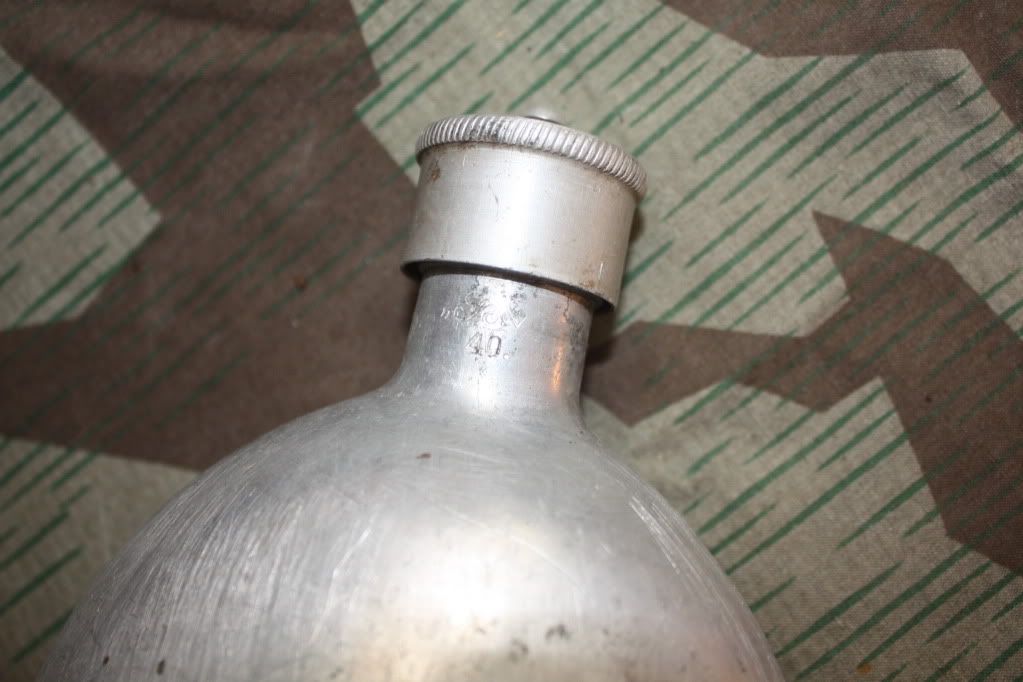
Soviet glass and early Finnish canteen (Peltiteos O/Y INT40). I've kept them because in WWII some Estonians were also in Red Army and in Finnish Army
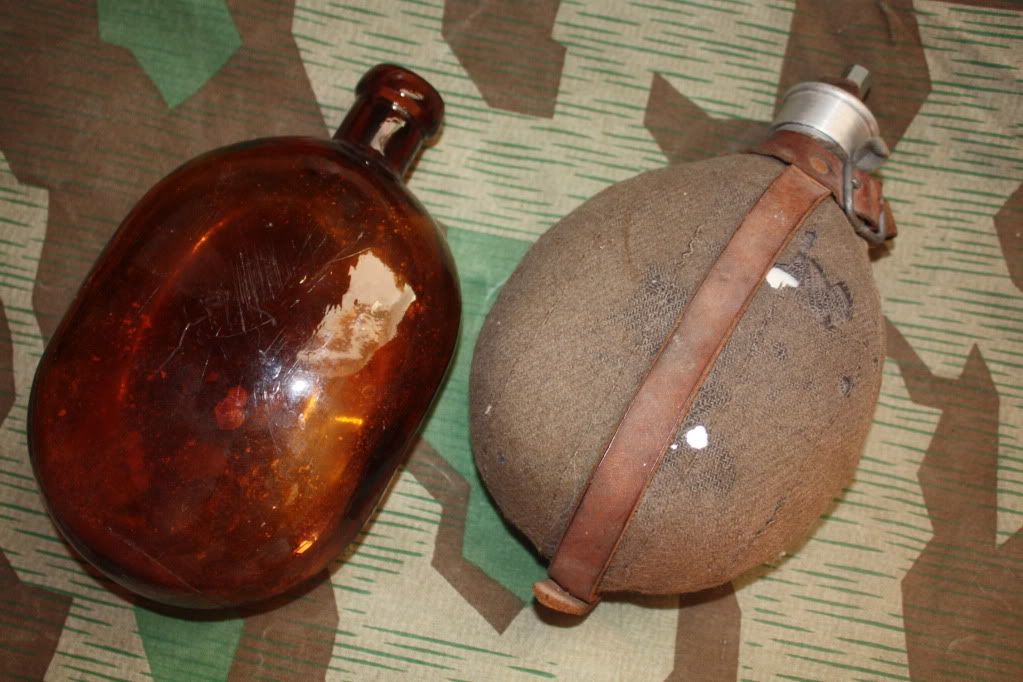
And the big mystery for me: nicely splinter-hit cup from Kurland. But it's taller than regular cups and has a marking on the bottom MD or DM. Does anybody know something about it?
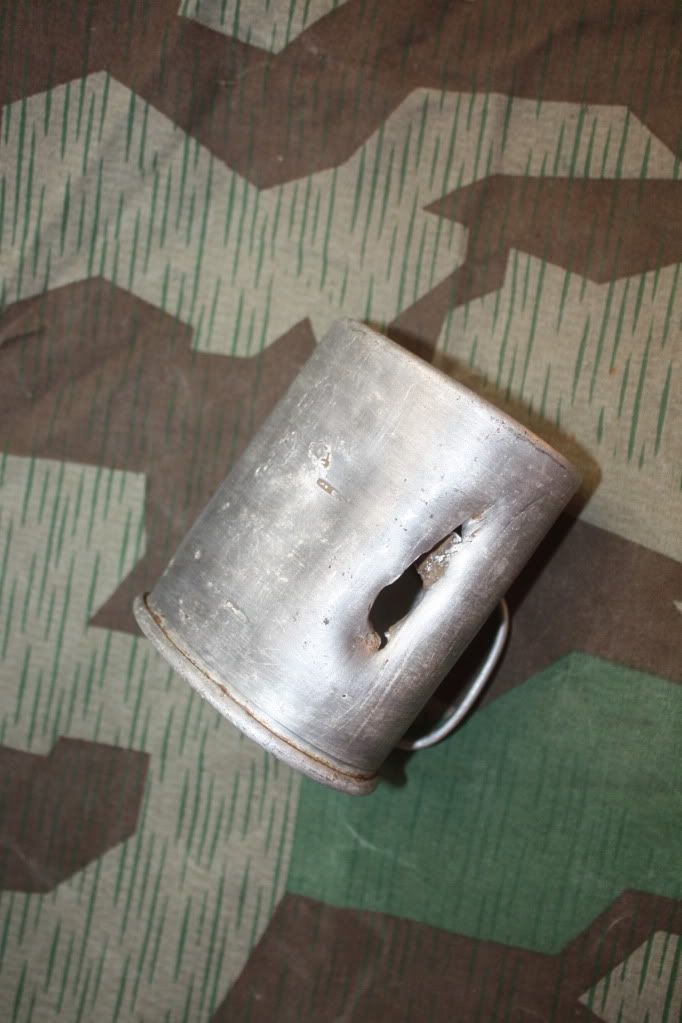
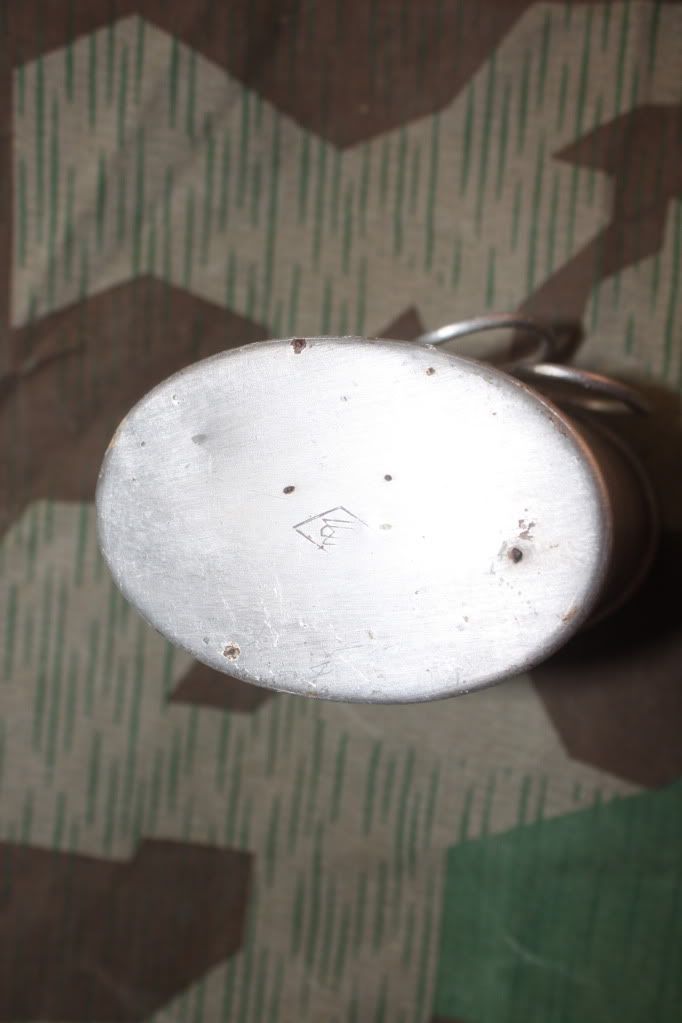
I'm new to this forum and without any longer introduction I'll present my small collection of different German Feldflaschen.
...
Beautyful near-mint coco (HRE42)


Near mint late war RFI43. The green cup (MN43) is my own addition to the combo, found in the attic in Southern Estonia


Strange colours, unmarked alu cup and late war bottle


1l medical canteen, cup and screw ESB40, bottle itself VDNS39. Missing the long strap


Our next baby is the real weirdo: huge (I think it's 2 litres) unmarked, mint colossus (compared to the regular coco). The neck and corc brings to mind the WWI bottles, but I think it belongs to the era between two wars and is for hikers or smth.



Two paramilitary canteens, both in mint condition


My latest catch so far: beatiful "been-there", all parts marked KCL36. Unfortunately the cup is missing

"Naked" BDM canteen ESB40 (screw ESB41) and the veteran of WWI (note the stamp on fabric!). Both missing a lot of parts

The red cross of attic finds. You can see deifferent necks, the felt has a war time repairs on it

One of the "reds" has a soldier's name on the screw: it's Estonian name Valdam

Some ground dugged canteens that I've kept for the inscriptions on them. Left one is regular German M31, the one on the right is a bit larger and has no markings on it

The left one belonged to Estonian soldier Hein

The right one belonged to another Estonian soldier Jaak Põldver. I've been in contact with his relative and the short biography is as follows: Jaak Põldver was born in 1916. Served his time in Estonian army in 1937 (coastal artillery). Was forced to join the Red army in 1941. When German troops arrived to Estonia in 1941, he joined them (the relatives have a picture of Jaak in WH uniform, rank: Gefreiter). In Autumn 1944, when the Soviets came back and Germans left, Jaak became the so-called forest brother (metsavend in Estonian, basically the partisan). He was arrested in 1950 and the Soviet tribunal gave him 30 yrs of prison (luckily Stalin died in 53 and Jaak was released soon after that). The man died in 1988. So that's one helluva piece of history:


An example of Estonian made canteen (screw is my own addition, it's German), marked TAV40 (Tartu Alumiiniumi Vabrik or Aluminium Factory in Tartu). I have two of these, sadly both are ground dug

Soviet glass and early Finnish canteen (Peltiteos O/Y INT40). I've kept them because in WWII some Estonians were also in Red Army and in Finnish Army

And the big mystery for me: nicely splinter-hit cup from Kurland. But it's taller than regular cups and has a marking on the bottom MD or DM. Does anybody know something about it?


